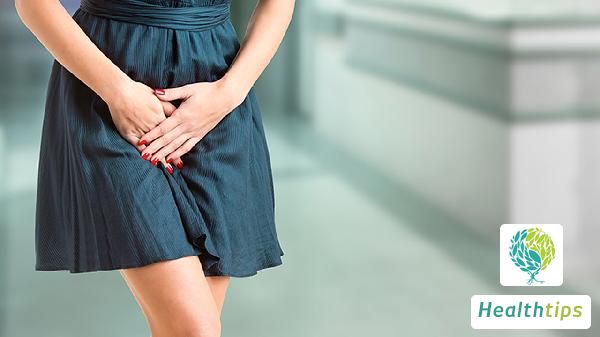"Can Vinegar-Soaked Garlic Treat Varicose Veins?"
Varicose veins, a common ailment, typically manifest in the venous system of the lower extremities. While vinegar-soaked garlic may offer some benefits in softening blood vessels and improving blood circulation, it does not constitute a treatment for varicose veins. Varicose veins are an organic disease, primarily resulting from venous valve insufficiency or weakened venous walls. Treatment necessitates a holistic assessment of the patient's etiology, symptoms, and overall health status, followed by targeted therapeutic interventions.

The etiology of varicose veins is multifaceted, often arising from a confluence of factors such as genetics, prolonged standing or sitting, obesity, pregnancy, hormonal changes, and thrombus formation. Patients are advised to promptly seek medical attention and undergo physical therapy, pharmacotherapy, or surgical intervention under the guidance of a healthcare professional. Details are as follows:
1. Genetics:
Primary lower extremity venous valve insufficiency can lead to venous hypertension and varicose veins, which has a genetic component. If parents have varicose veins, the risk increases for their offspring. While there are no definitive preventive measures, adhering to medical advice like wearing compression stockings and avoiding prolonged standing or sitting can mitigate symptom progression.
2. Prolonged Standing or Sitting:
Extended periods of standing or sitting can cause blood to pool in the lower extremities due to gravity, leading to venous hypertension, damaging valves, and ultimately varicose veins. It is recommended to avoid maintaining the same position for too long, taking regular breaks for activities like walking and elevating the legs. Compression stockings can provide external pressure to aid circulation.
3. Obesity:
Excessive weight can exert significant pressure on venous vessels, predisposing individuals to varicose veins. Weight loss is crucial for alleviating obesity-related varicose veins. Regular exercise and a healthy diet facilitate weight loss. Additionally, wearing compression stockings as advised can alleviate symptoms.
4. Pregnancy:
During pregnancy, the enlarging uterus compresses the inferior vena cava, impeding blood flow in the lower extremities, raising venous pressure, and triggering varicose veins. Pregnant women can use compression stockings under medical guidance to alleviate symptoms. Rest, leg elevation, moderate exercise, and weight management are also supportive measures. Postpartum, varicose veins may improve, but severe symptoms may necessitate surgical intervention.
5. Hormonal Changes:
Hormonal fluctuations can also contribute to varicose veins. Medications like Maizhiling and Diosmin, prescribed by a doctor, can alleviate symptoms. Pregnant women should avoid self-medication and seek professional treatment.
6. Thrombus Formation:
Secondary causes like deep vein thrombosis can elevate venous pressure in the lower extremities, causing varicose veins. Treating the underlying condition is paramount. Post-thrombus control, compression stockings or medications like Warfarin and Low Molecular Weight Heparin may be prescribed. Severe cases may require surgery.
While some individuals with varicose veins may exhibit no symptoms, most will notice twisted, bulging, or spider-web-like veins. Affected veins may expand, causing leg swelling, heaviness, skin discoloration (dark purple or brown), venous ulcers, or itching. If such skin changes occur, it could indicate varicose veins, necessitating prompt medical attention.



















